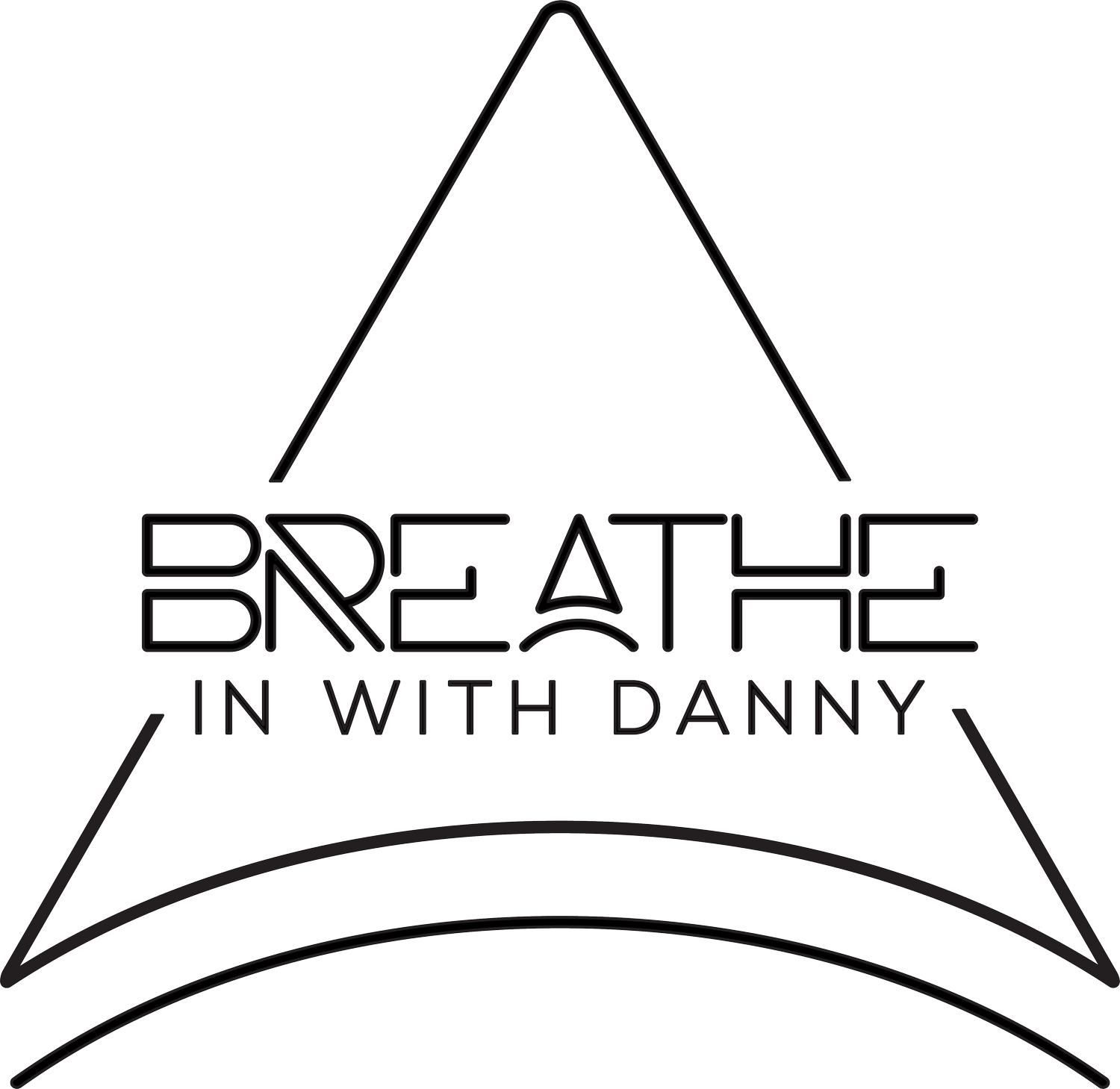Literally, Clear your head with breathing
Everything has something to do with something and nothing to do with anything. Our breathing mechanics are no different; breathing does so much more than getting oxygen to our lungs and the bloodstream when done correctly. The diaphragm is our primary breathing pump and drastically affects the balance of pressure throughout our bodies, directing blood flow and other fluids. Diaphragmatic breathing, or as we like to call it, “lower body breathing,” has been shown to enhance your endurance and physical output, and brain health. One study published in Fluids and Barriers of the CNS found that diaphragmatic breathing techniques promote a healthier relationship with stress and anxiety and even increase cognitive function. This form of breathing involves taking deep breaths as low in the body as we can; if you expand circumferentially below the nipple line on your inhales and narrow on your exhales, you are in good shape. Breathing in this manner allows us to activate our parasympathetic nervous system, rest and digest.
The study conducted by scientists found that diaphragmatic breathing helped to lower chronic levels of cortisol, the hormone associated with stress, while also increasing levels of alpha brain waves. These brain waves are associated with a relaxed and calm mental state, which can help improve concentration and cognitive function. Additionally, the researchers found that diaphragmatic breathing helped the body to regulate the autonomic nervous system, which controls involuntary bodily functions such as heart rate and digestion.
Not only does diaphragmatic breathing have numerous potential benefits for overall mental well-being, but it is also a simple technique that can be practiced anywhere and anytime. Whether you are feeling overwhelmed and anxious at work or experiencing difficulty sleeping at night, taking a few deep and intentional breaths from the diaphragm can be helpful.
In conclusion, diaphragmatic breathing is an easy yet effective technique that can be used to support mental and physical health. By practicing this method, one can experience a calmer and more relaxed state of mind while potentially seeing an improvement in cognitive function. So, take a deep breath, and give it a try!
Citations:
- Busch V, Magerl W, Kern U, Haas J, Hajak G, Eichhammer P. The effect of deep and slow breathing on pain perception, autonomic reactivity, and mood processing—an experimental study. Pain Medicine. 2012;13(2):215-28.
- Park G, Thayer JF. From the heart to the mind: cardiac vagal tone modulates top-down and bottom-up visual perception and attention to emotional stimuli. Front Psychol. 2014;5:278.
The onset of forced inspiration prompts an increase of CSF flow in an upward direction (red) at all locations, while downward movement (blue) prevails during expiration at all spinal levels. Forced abdominal breathing consistently causes higher flow rates compared to thoracic breathing
https://fluidsbarrierscns.biomedcentral.com/articles/10.1186/s12987-019-0130-0


